In fact, those of you who are interested in bikes will have seen different reviews of different bikes on different sites or magazines. Many words are used in these reviews, many of which you may not know or do not understand well. If you don't understand these technical terms of the bike, you can't be considered a wrong rider. Because, these are all words that you can't understand well about your bike if you don't know the meaning.
Of course, if you want to write about these semantics, you can write a big book. But today I will present to you the meaning of these words in my own language and simply. These words are deeply involved with the specification of the bike. So let’s get acquainted with some unfamiliar technical terms of bikes today.
Stroke number:
It is a word associated with the whole operation of the engine. We will discuss the 4-stroke engine here. But never look for a match between a four-stroke engine and a four-cylinder engine. Because things are completely different. Now let's see how a 4-stroke engine works.
Stroke 1: The intake valve opens and the piston descends. At this time a mixture of fuel and air enters the engine combustion chamber.
Stroke 2: All valves close and the crush goes down and presses the fuel mixture hard.
Stroke 3: All valves are closed and the piston is under pressure. During this time the fuel mixture from the spark plug is ignited.
Stroke 4: The fuel mixture explodes violently and the crusher rises to the top and at this point the exhaust valves are just open.
Then all the process starts from the beginning again.
Cooling:
Cooling is a process of keeping the engine cool. Any engine is usually hot. So all vehicles have cooling system in the engine. Bikes basically have two types of cooling systems. Air cooling and liquid cooling. Air cooling is the cooling of the engine by letting the air that comes in while the bike flows through the engine of the bike. And liquid cooling is the removal of all the heat generated by the engine by a kind of lubricant inside the engine of the bike. However, in liquid cooling, liquid and air cooling methods are used together.
Cylinder number:
Bikes usually have one to six cylinders. Smaller bikes usually use a 1-cylinder engine. Larger bikes use double cylinder engines. These double cylinder engines are again specialized under different names. Such as:
V Twin Engine: This type of engine has 2 cylinders placed side by side like V.
Parallel twin: This type of engine has two cylinders side by side in parallel.
Flat twin: In this type of engine, two cylinders are placed opposite each other as in BMW boxer.
There are also many engines that have more than 2 cylinders. These are called triple, inline four, V-4 engine, V-6 engine and flat-6 engine.
Displacement:
The amount of space an engine's piston can move from the very end of the engine to the top is called displacement and is usually written in cubic centimeters or cubic inches. We usually measure displacement in CC or cubic meter in Bangladesh.
Bore and stroke:
The diameter of a cylinder of an engine to move a piston is called a bore. All in all, the cylinder of any engine is called a bass. And the height at which the piston can move inside the cylinder is called stroke.
Fuel system:
The way in which the flow of fuel mixture is controlled in the engine of a bike is called the fuel system of the engine of the bike. It is usually of two types. Carburetor and fuel injection. It needs to be controlled when the fuel mixture enters the combustion chamber of the engine. Specifications are shown by the name and number of the carburetor in the engine for which the fuel delivery system is carburetor. Fuel injection system, digital fuel injection, programmed fuel injection, electronic sequential port fuel injection, etc. are called fuel injection systems.
Compression ratio:
The compression ratio of the engine is also an important factor. When the valve piston of a bike is at the bottom of the cylinder at the bottom, suppose you need 100 cc of fuel to fill the cylinder, and when the piston is raised to the top, you may need 10 cc of fuel to fill the cylinder. This 100: 10 or 10: 1 is the compression ratio of the engine of the bike. In other words, the compression ratio of the engine is the amount of fuel required to fill the cylinder during the two positions of the piston. The better the compression ratio, the better the bike's performance, but it also takes a little more fuel.
Maximum torque:
The maximum torque of a bike's engine is the amount of rotational power that must be supplied from the engine for a maximum rotation per minute. It is also called revolutions per minute (RPM). Simply put, the maximum torque a bike can accelerate is the amount of throttle you can use to accelerate the bike.
Maximum power:
The maximum horsepower of a bike is the amount of horsepower supplied by the engine of a bike at a certain speed. The performance of the bike depends largely on it. There is a formula for this which is:
Horsepower = Torque × RPM / 5252
Therefore we can see that the horsepower of the bike is involved with the maximum torque of the bike.
So far today. I will appear in front of you again in a few days with some other technical issues of the bike. Until then everyone stay well.
